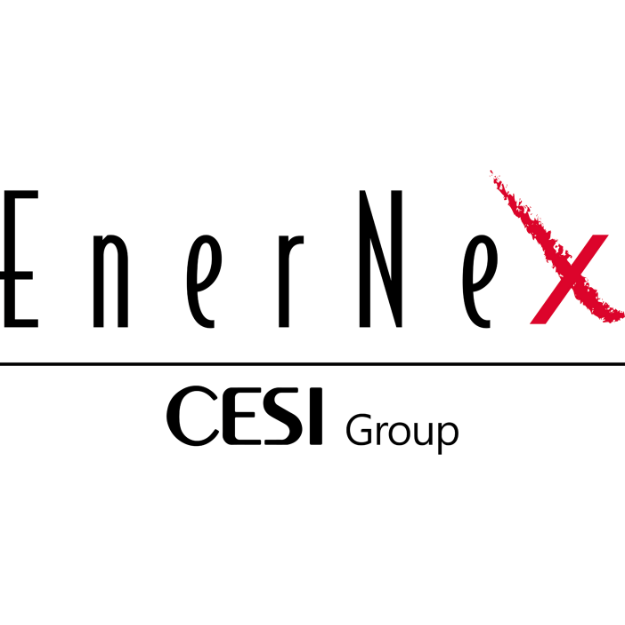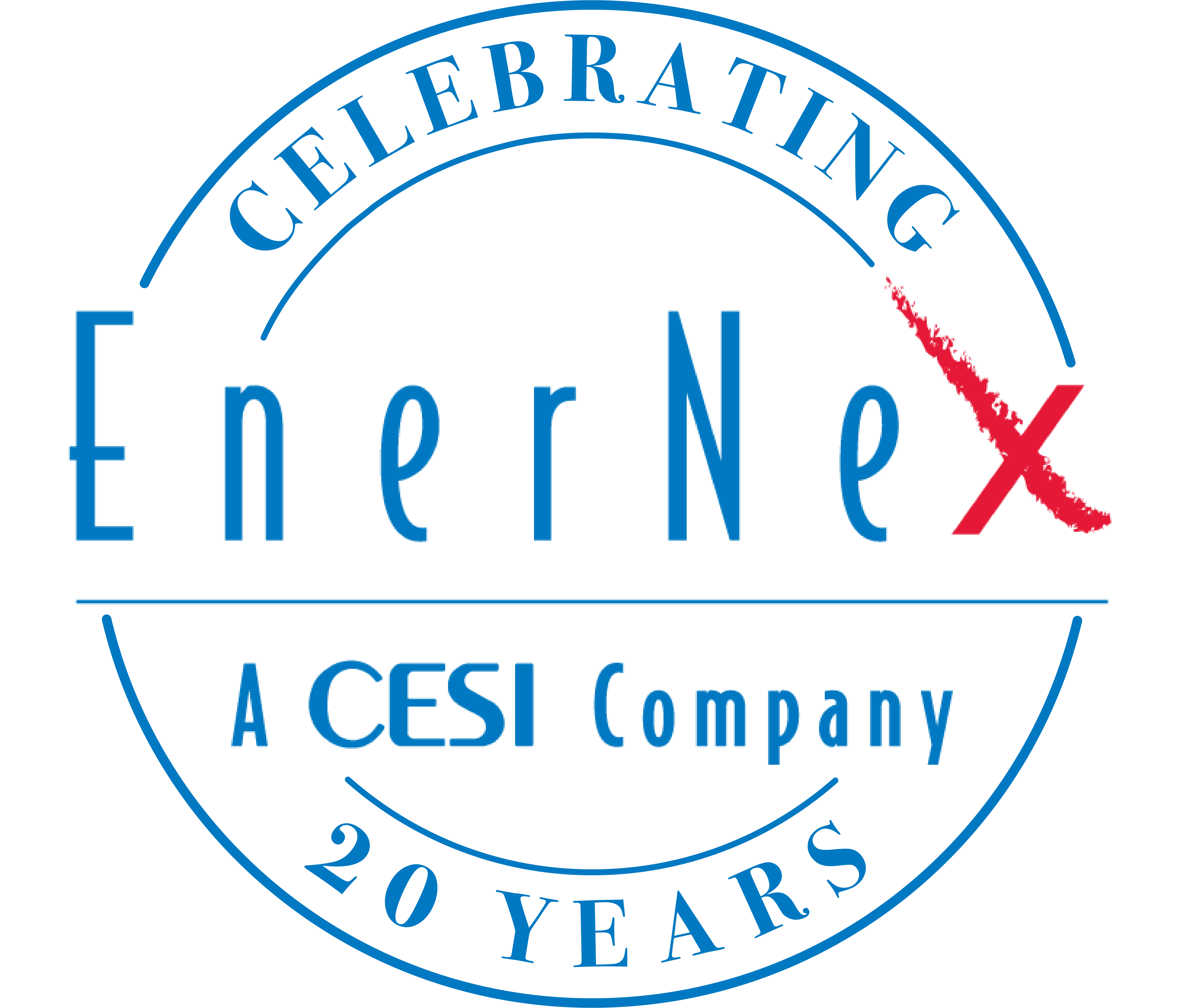Welcome to The Energy Exchange
Our goal is to provide you with content that is relevant, to the point and arms you with actionable intelligence.
Join us monthly as we publish a podcast episode and a brief focusing on one of the most pressing topics in our industry today.
Our podcast series features insight and commentary from industry experts.
The Brief is an executive-style, two-page document highlighting the significance of the topic, the key structural elements to consider and the steps you can take today to support prudent and proactive utility decision-making and investments.
September 15th, 2021
The State of NJ: EV’s, Energy Master Plan, and More
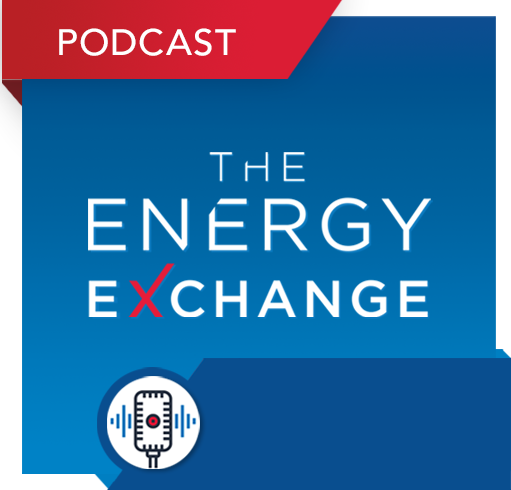
Season 3 Episode #2
Host Ron Chebra talks with New Jersey Commissioner Bob Gordon on electric vehicles (EV’s) and the mandates and initiatives underway in the state and across the country to accelerate the adoption of these. The conversation also dives into the electric utility infrastructure requirements to support charging and specific incentives to help integrate this as a key element of an Energy Master Plan.
Read the Brief
A brief is not available for download at this time.
March 31st, 2021
5G Wireless Services and its Impact on the Electric Utility

EnerNex was recently engaged by DSTAR, a consortium of North American utilities, to develop and deliver a comprehensive study on 5G digital cellular service and its potential impact on utility operations. Listen in as we discuss how utilities and members of the telecommunications industries are working together to leverage the power of 5G technology.
For access to the report or to learn more, please visit dstar.org.
Read the Brief
A brief is not available for download at this time.
June 1st, 2020
Exploring the 50 States of Grid Modernization

Season 2 Episode #8
If you are in any way connected to the electric utility industry, you have probably heard the term “Grid Modernization.” Although this term is used quite often, there are various views regarding its preferred definition and implementation approach. In this episode, EnerNex host Neil Placer talks with Autumn Proudlove of the North Carolina Clean Energy Technology Center. Autumn is the lead author of the 50 States of Grid Modernization report. This publication provides national insights on a quarterly basis to help keep all of us up to speed on this fast moving and growing topic. Tune in to hear more about the past, present, and future direction of Grid Modernization. Hear how different jurisdictions are implementing Grid Modernization planning and how internal and external stakeholders are grappling with the intersection between technology, people, and financial concerns.
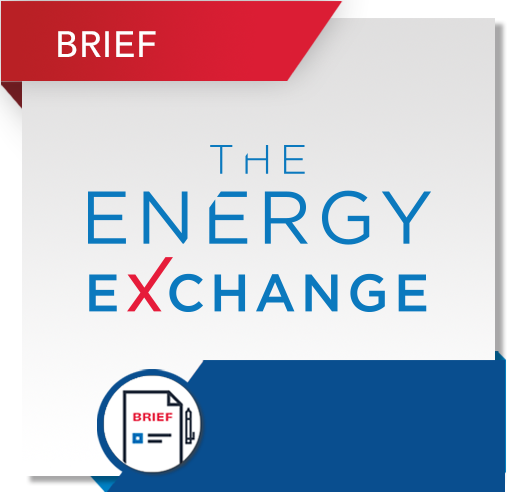
Read the Brief
A brief on this topic is not available to download at this time.
May 13th, 2020
NERC CIP and ISO 27001

Season 2 Episode #7
The energy industry is a critical infrastructure that is core to our business operations, safety and comfort and general well-being. With the growing use of technology at the edge of the grid and the widespread use of communications networks to transport data used for situational awareness and near-real-time operational control, these innovations bring both opportunities for greater detailed information, but also potentially exposes the enterprise to greater threat surfaces. While many of the current standards within our industry focus on physical security measures, standards such as ISO 27001 go well beyond implementing technical safeguard measures. It provides a framework for policy and protection to achieve business objectives for information security, establishes policies on control and expectations, allocates resources to enforce this, and regularly reviews the efficacy of the plans. This has become even more acute as utilities are now faced with a “brave new world” with remote workers. How does this now impact how we will operate in the future and what will be our new standard of operation? Tune in as host Ron Chebra interviews Brian Smith, cybersecurity expert with EnerNex, and John Verry, CISO of Pivot Point Security, on cyber protection, remote access and information assurance.

Read the Brief
A brief on this topic is not available to download at this time.
April 23rd, 2020
Virtual Power Plants and the Smart Grid Test Lab
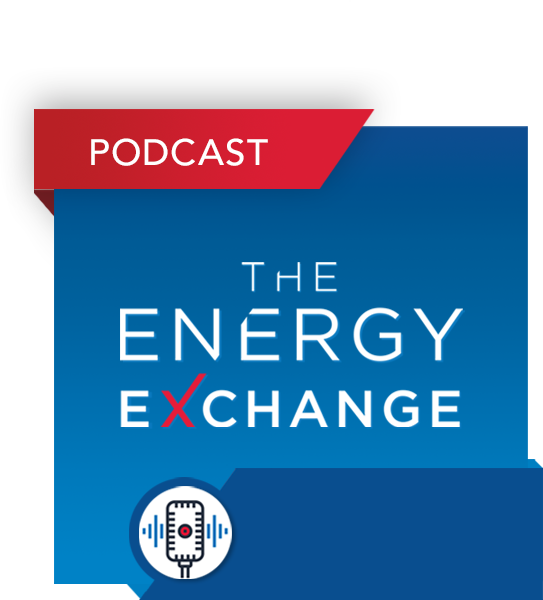
Season 2 | Episode #6
As our grid adapts to the rapidly changing customer environment, Portland General Electric (PGE) has taken a bold step and launched its Smart Grid Test Bed, a first-of-its-kind-project that will integrate smart grid technology on a scale never before attempted in the United States. The project aims to accelerate PGE’s vision for a clean energy future through partnering with customers in entirely new ways to decarbonize the grid. Ananth Sundaram, Chief Architect/Principal Manager of Integrated Grid with PGE, is leading this effort and is focused on key areas, such as customer Bring Your Own Device (BYOD) and Transportation Electrification. Ananth discusses all this with EnerNex host Ron Chebra from the show floor at DistribuTECH 2020 in San Antonio.

Read the Brief
A brief on this topic is not available to download at this time.
February 10th, 2020
The Connected Home: Bridging the Consumer and the Grid

Season 2 Episode #5
Smart home technology is one of the fastest growing industries, thanks in part to devices and services such as Nest, Ecobee, Google Home, Amazon Echo and Apple. Research from Parks Associates from its Q4 2019 survey of 10,000 broadband households found that over 41% of US broadband households now own a smart home device, a 20% growth rate from one year ago. With all this connectivity in the home and enablement to better monitor, manage and control appliances, lighting and security that it brings to the consumer, what role does all of this ability bring to the grid? Utilities are forging ahead with bold efforts targeted at grid modernization, much of which focuses on greater situational awareness and action. In the connected home, consumers are also focusing not only on awareness, but conditional actions based on comfort, convenience and logical actions. Are we at the nexus of both of these innovations, can the grid benefit and support the smart home and vice versa? Denise Ernst, Vice President of Parks Associates, discussed all this with EnerNex host Ron Chebra live from DistribuTECH 2020 in San Antonio.

Read the Brief
A brief on this topic is not available to download at this time.
January 14th, 2020
Electric Industry Evolution

Season 2 Episode #4 | Silicon Valley Clean Energy: A Successful New Utility Business Model
EnerNex host Steve Rupp interviews Girish Balachandran, CEO, Silicon Valley Clean Energy (SVCE) to discuss the evolution of California’s electric utility business models. Silicon Valley Clean Energy is one of the most successful new utility business models to emerge under California’s initiative to decarbonize, decentralize and digitize the utility sector. Serving more than 270,000 customers in 13 San Francisco Bay Area communities, SVCE is proving that the CCA model works and works well. With a growing customer base, competitive retail electric rates, and increasing financial reserves, SVCE is by all measures a success. But like all energy service providers in California, an uncertain regulatory, environmental and political landscape requires CCA leadership to address a wide range of challenges and opportunities including energy storage, distributed generation, grid resiliency, cybersecurity, procuring renewable energy supplies and managing the evolving role of distribution system operators. Silicon Valley Clean Energy, under the leadership of public power veteran Girish Balachandran, is a leader in innovative customer energy programs, electrification and decarbonization. He joins The Energy Exchange to share his views on why CCA’s are succeeding and how they plan to thrive in a future filled with challenges and uncertainty.

Read the Brief
A brief on this topic is not available to download at this time.
November 20th, 2019
Utility Cybersecurity

Season 2, Eps. 3
Cybersecurity is at the front of mind for many utility operators, IT specialists, and has risen to the level of importance for many utilities that actually have a Chief Information Security Officer. While there is a growing need to have access to more field assets in the grid, the result is that we now expose more potential threat vectors. Secure devices, secure communication links and secure systems are many of the typical tools that utilities employ to thwart the potential for intrusion. There is a significant difference between IT Security and OT security. On this episode, we hear from Andrew Ginter, VP of Industrial Security with Waterfall Security. The author of two books, SCADA Security: What’s Broken and How To Fix It (the red book) and Secure Operations Technology (the black book) and is the host of The Industrial Security Podcast series.

Read the Brief
Our grid, one of the most complex machines in the world, is a critical infrastructure. Industrial control systems (ICS), such as SCADA Systems that manage the grid, can be targets for cyber- attacks, which can create not only inconveniences but impact commerce, well-being and safety. Protecting grid systems from vulnerabilities and mitigating the risks should be at the forefront of every utility today. The traditional methods of protecting IT assets are not by themselves adequate protection for critical OT assets. For more, download the brief.
September 23rd, 2019
Utility Grid Resiliency
“Keeping the lights on” is a bedrock principle of utility operations. Resiliency is an important topic that is growing in relevancy, both in a traditional sense (i.e., being prepared to mitigate the impacts of storm events) and also in terms of a utilities’ capability to be prepared for the utility landscape of the future (i.e., system hardening and grid modernization investments). The quest for greater utility resiliency occurs over a time continuum, which spans resiliency infrastructure topics (preparation before), on-going maintenance activities (preparation during), and forward-leaning initiatives (preparation for the future).

season 2 , Eps. 2
EnerNex Senior Consultant Sean Morash brings on special guests Rob Gramlich with Grid Strategies and Ryan Hruska with Idaho National Laboratory to talk resiliency in the electric power sector. Why resiliency is important, how we plan for it and a forward-looking perspective on what’s next for the electric sector.

Read the Brief
This 2-page brief covers the significance of resiliency, the key structural elements to consider, and the steps you can take today to support prudent and proactive utility decision-making and investments. Included is a framework focusing on three primary areas—technology, business, and people—to comprehensively explore this topic from various grid practitioner perspectives.
August 21st, 2019
Utility Telecommunications
Communications is a foundational element of the modern grid, which should be considered in terms of a larger enterprise architecture construct. It is a fundamental backbone for utility data management, delivery, and utilization.

season 2 , Eps. 1
Ron Chebra’s interview with Joy Ditto, President and CEO of Utilities Technology Council, discussing the importance and dependence the energy industry has on reliable, scalable and secure telecommunications for virtually every operational aspect that a utility has.

Read the Brief
This 2-page brief covers the significance of utility telecommunications, the key structural elements to consider, and the steps you can take today to support prudent and proactive utility decision-making and investments. Included is a framework focusing on three primary areas—technology, business, and people—to comprehensively explore this topic from various grid practitioner perspectives.
Have a topic in mind?
We want to hear from you! Share your thoughts here.
Connect With Us

Ron Chebra
Vice President of Grid Modernization

Neil Placer
Director of Utility Services
